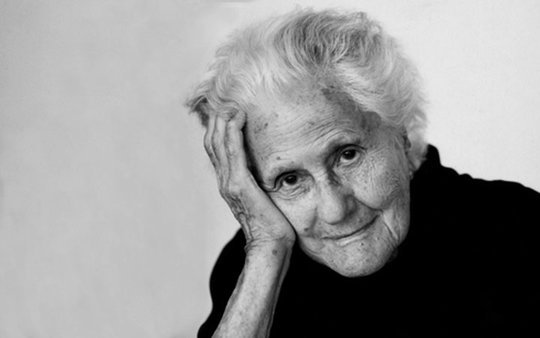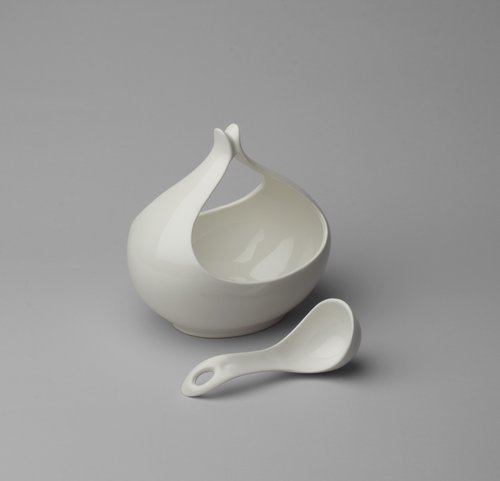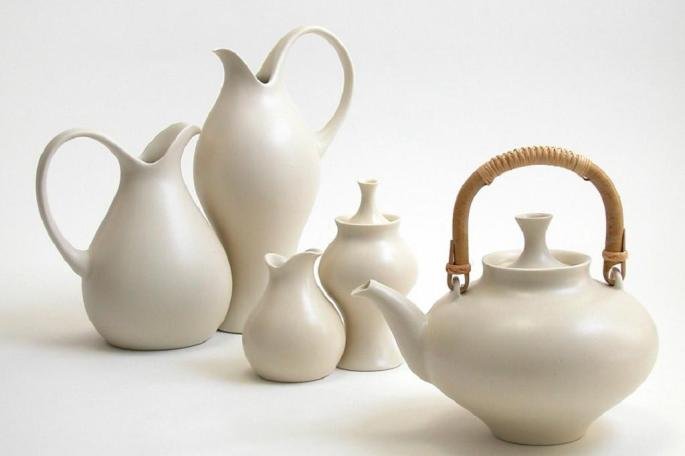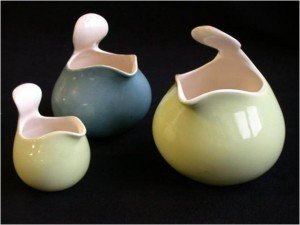EVA ZEISEL
EVA ZEISEL
This month, we’re introducing a Hungarian-American designer whose incredible 105-year life took her through several countries, a World War, and into the history books of modern design.
Eva Zeisel (1906-2011)
United States (born in Hungary)
Designer, Ceramicist
(source)
Though born to a wealthy Hungarian Jewish family, Eva Zeisel ignored the leisurely callings of her status and immersed herself in the laborious role of ceramicist’s apprentice.
After graduating as a journeyman, Zeisel spent several years in Germany, designing modern-inspired ceramic dinnerware, vases, and tea sets. In 1935, she moved to Soviet Russia to assume the role of director of the Soviet china and glass industry.
In 1937, a series of events paused her work. First, she was falsely accused of plotting to assassinate Joseph Stalin and was imprisoned for 16 months in Russia. Then, when she was finally released and deported to Vienna, the Nazis invaded; she and her husband fled to the U.S.
The couple arrived in New York, and Zeisel’s career took off over the following years. She taught at the Pratt Institute, created a ceramics line for Sears, and was commissioned to create a line of modern ceramics for the Museum of Modern Art.
Town and Country Salt and Pepper Shakers, MoMA, 1945 (source)
Hallcraft/Tomorrow’s Classic Sauce Boat with Ladle, MoMA, 1949-50 (source)
In her more than 75-year career, Zeisel was famous for pushing boundaries. Although her ceramics included the clean lines and simplicity of modernism, she challenged these limitations with designs inspired by nature, the human form, relationships, and her own playful approach to life.
That Zeisel’s pieces were featured in the Museum of Modern Art and mass produced for the general public is a tribute to her skill in creating beautiful and functional designs.
MORE MODERN DESIGNS BY EVA ZEISEL
Large Biomorphic Silver Platter designed for Nambé, 1952 (source)
Eva Zeisel Schramberg Tea Pot, German Modernist, 1929 (source)
Serving set designed for KleinReid, 1999 (source)
Pitchers, 1946-1960 (source)







